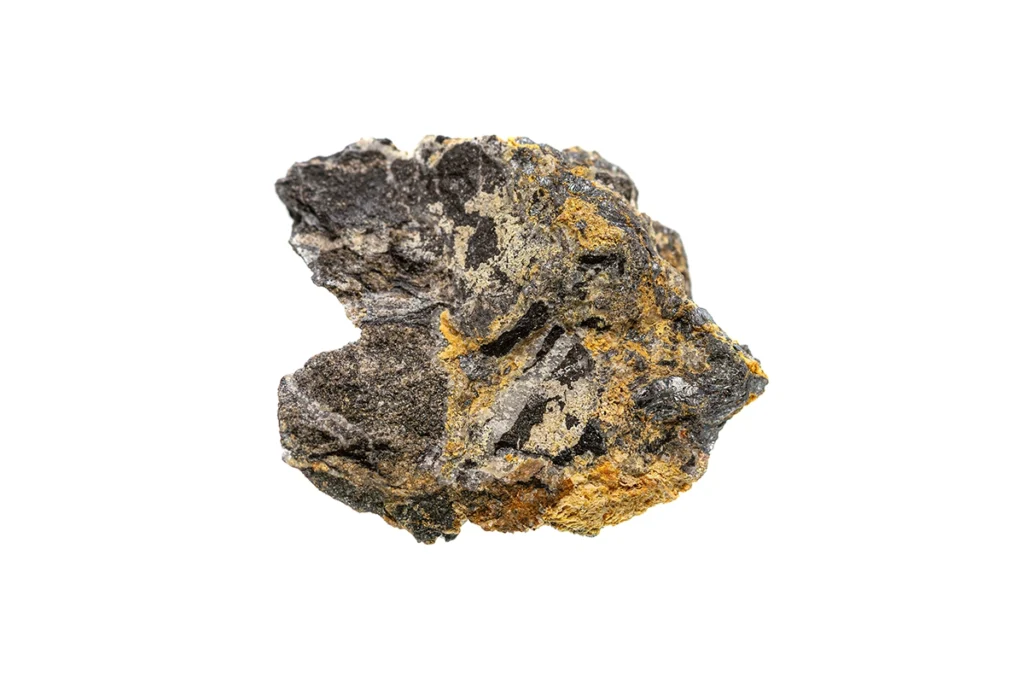Learn All About Antimony
Antimony
Ancient, yet relatively rare
Ancient, yet relatively rare

Antimony is a silvery-gray metalloid that is brittle and can be easily crushed into a powder. It is stable in dry air and does not tarnish easily, making it useful in various industrial applications. Though relatively rare, it has been known since ancient times for its use in cosmetics and alloys. Antimony’s key properties are its ability to harden and strengthen certain metals. Today, antimony is a critical mineral used in batteries, semiconductors, and various metal alloys. It is also a key ingredient in flame retardant applications in children’s clothing, toys, and aircraft and automobile seat covers. Additionally, antimony is used in a variety of military applications, including night vision goggles, explosive formulations, flares, nuclear weapons production, and infrared sensors, and it it’s importance to national security that earned the mineral a spot on the U.S. Geological Survey’s critical minerals list.
Antimony is becoming increasingly more important in battery and energy technologies. According to the U.S. International Trade Commission, more than 1,000 U.S. electrical patent applications have included antimony. Liquid metal batteries, an emerging battery technology, rely on antimony in the cathode.
Antimony is primarily extracted from the ore stibnite, a soft, dark gray mineral with a metallic luster. Antimony in its elemental form is a silvery white, brittle crystalline solid. Antimony is often found in hydrothermal veins, frequently associated with minerals like quartz, calcite, and barite. China is the largest global producer of antimony, followed by Russia and Tajikistan.

Wait there’s more! Click below to learn about the rest of our essential minerals.